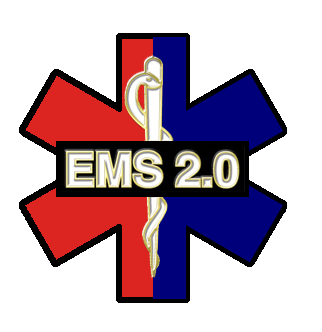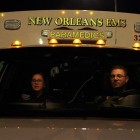
May 12, 2017
Roughly twelve years ago, AMR and AEV’s Safety Concept Vehicle made its way to Springfield for us to take a look at. It included a number of interesting features like an expanded harness setup to allow providers to move a little more freely around the box while still being anchored. There were mounting brackets for cardiac monitors, and video cameras to monitor both the rear of the truck for backing up, and the passenger side to check for traffic before opening the curbside door. The vehicle itself contained a lot of positives that have been adopted over the years. I see more cameras used in emergency vehicles and I’m a a fan of the checkered or striped patterns on the backs of trucks to make them more visible to oncoming traffic. I have also seen a few more monitor brackets. But where is everything else? When is that ambulance of the future going to get here? Year after year at conference after conference, there will undoubtedly be some ambulance parked on the exhibit hall floor touting itself as the “ambulance of the future.” Some have bucket seats that allow a treating paramedic to ride front facing with all equipment available at arm’s reach. Or cabinets replaced with pouches that can be slid on tracks to more easily make supplies accessible. Then, year after year, I pack up my chachkies and my six month supply of vendor provided pens and I head back to my EMS service relegated to sit on the same old bench seat that I sat on nearly 25 years ago when I first set foot on an ambulance that was ten years old at the inception of my career. I take the same risks while I care for my patients mainly because I have all but accepted the fact that if that ambulance is involved in a serious crash, I’m pretty much screwed anyway. Concept vehicles are great, but when is anyone going to do anything with them? I’ve worked in a just a couple of ambulances with the bench seat replaced by a bucket seat, and it left a lot to be desired. It felt cramped, and nothing like these...



